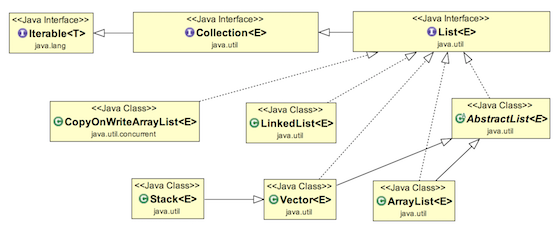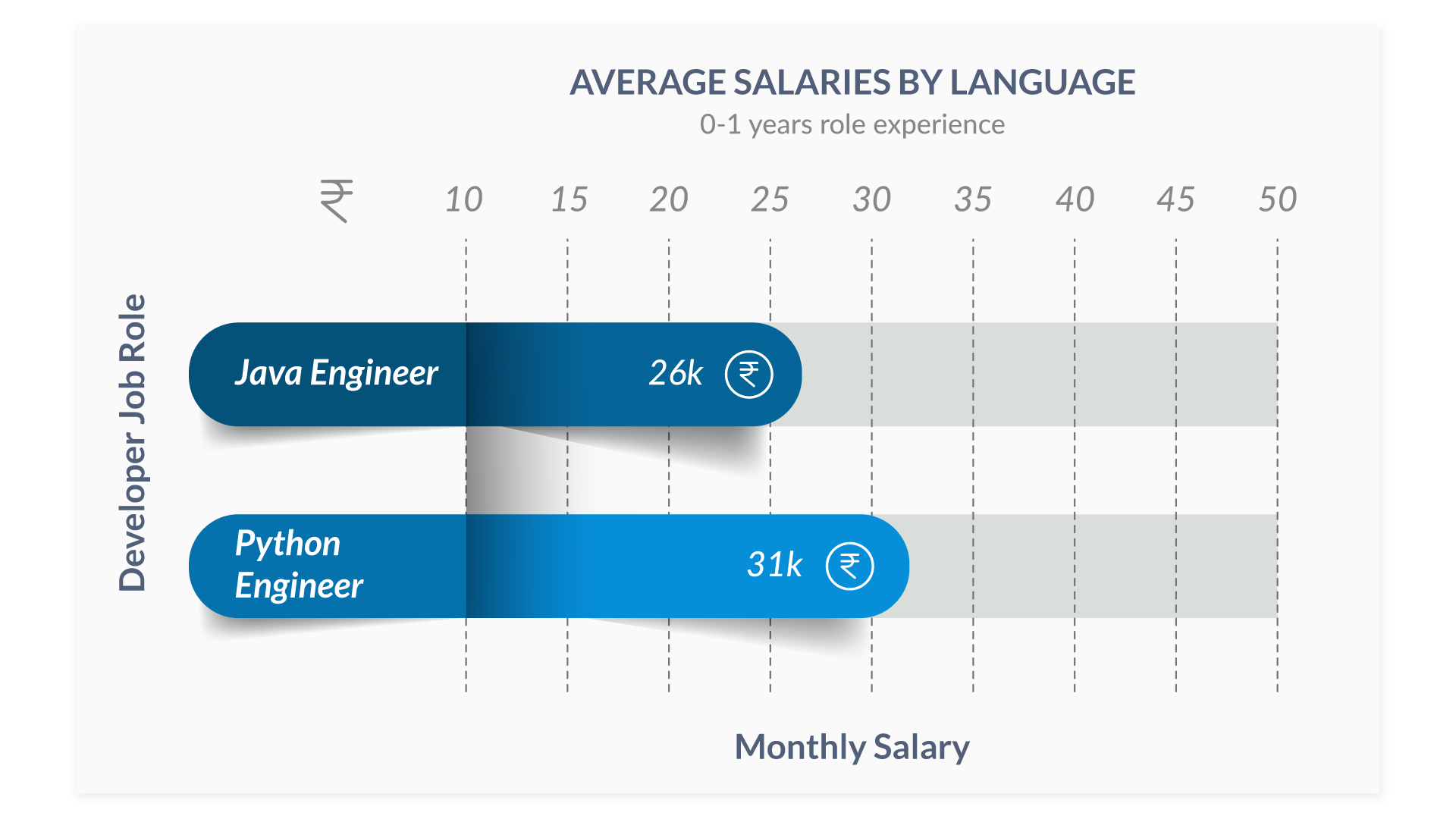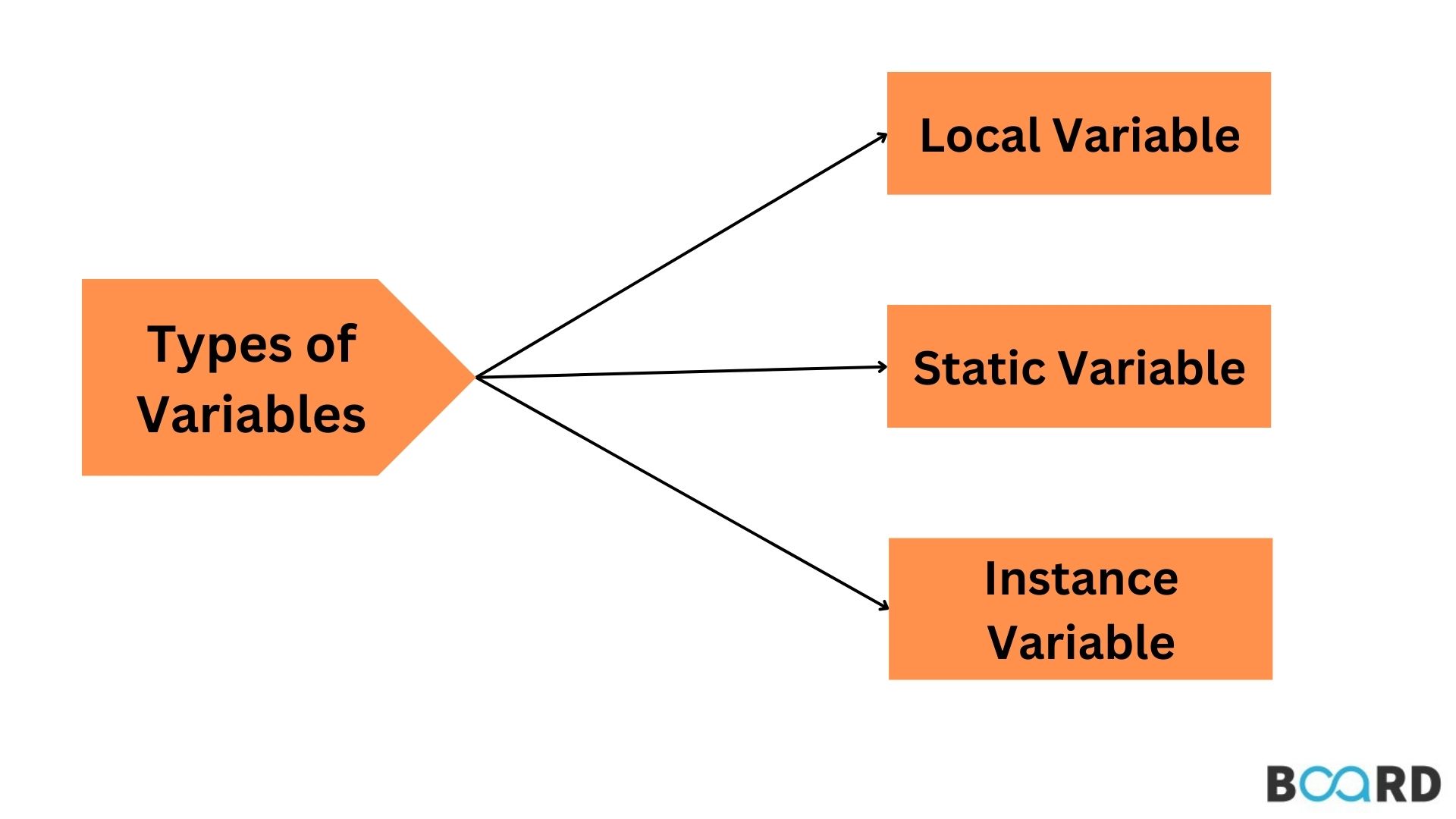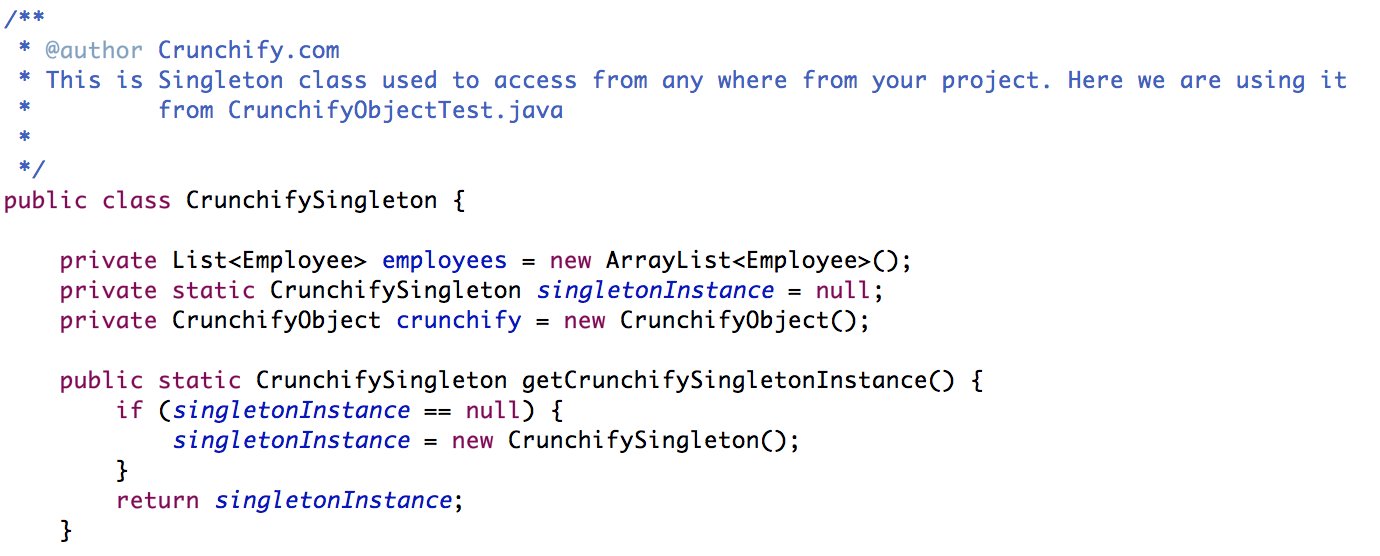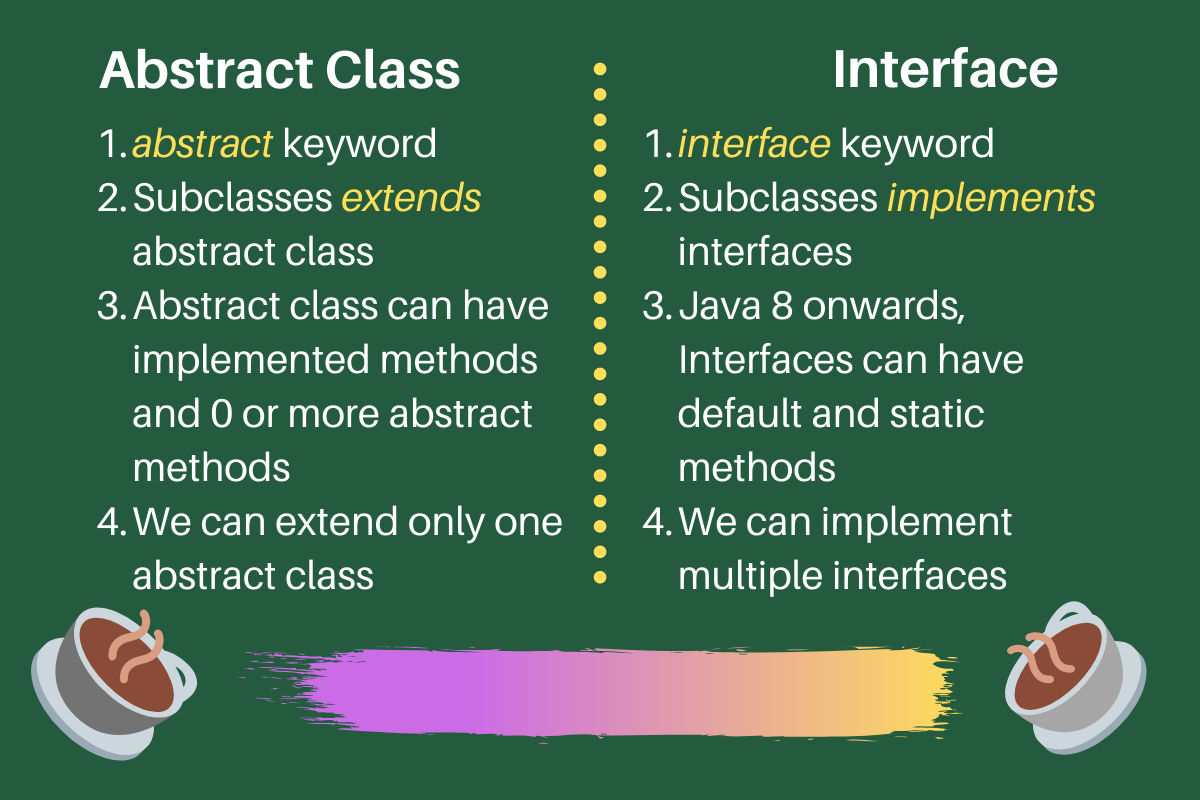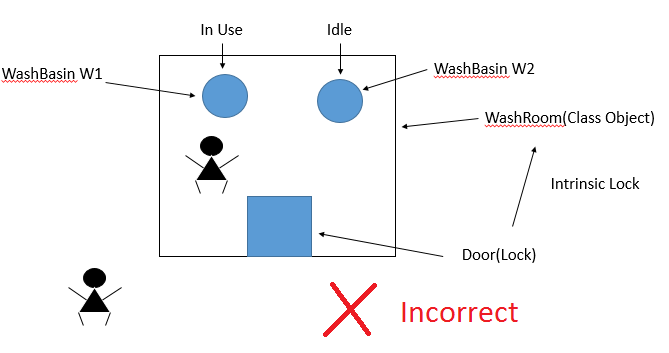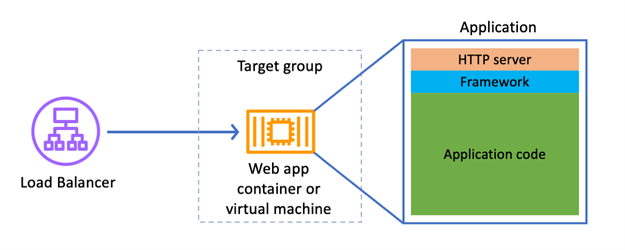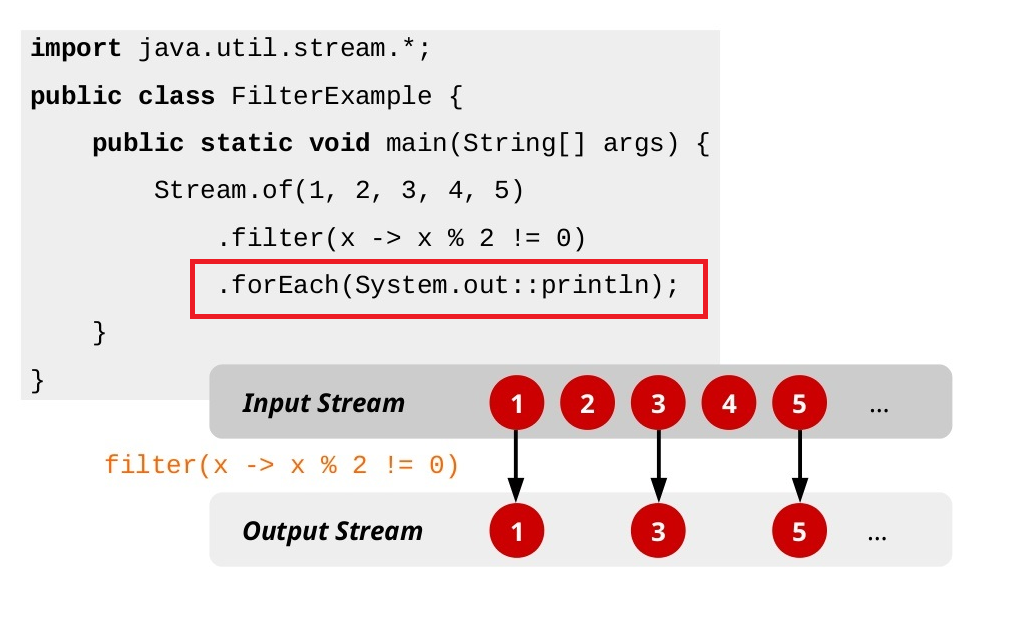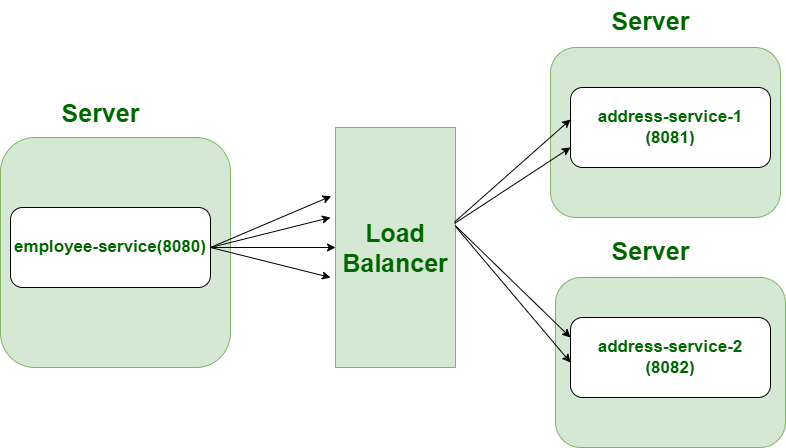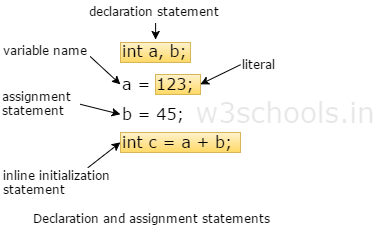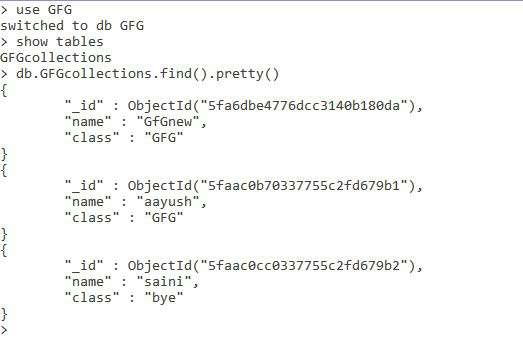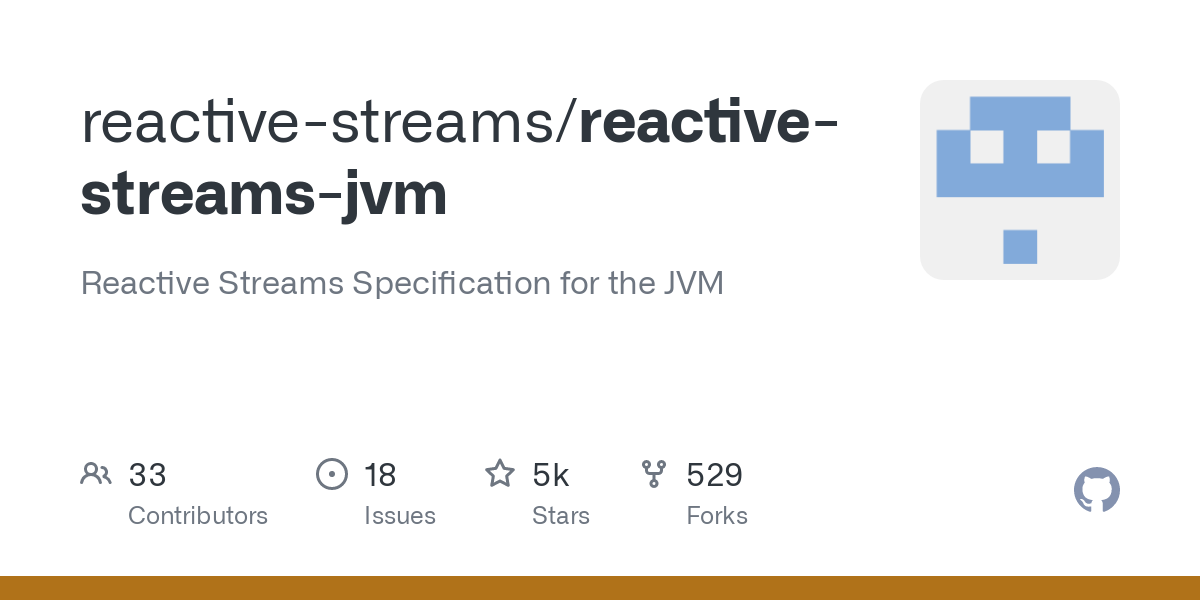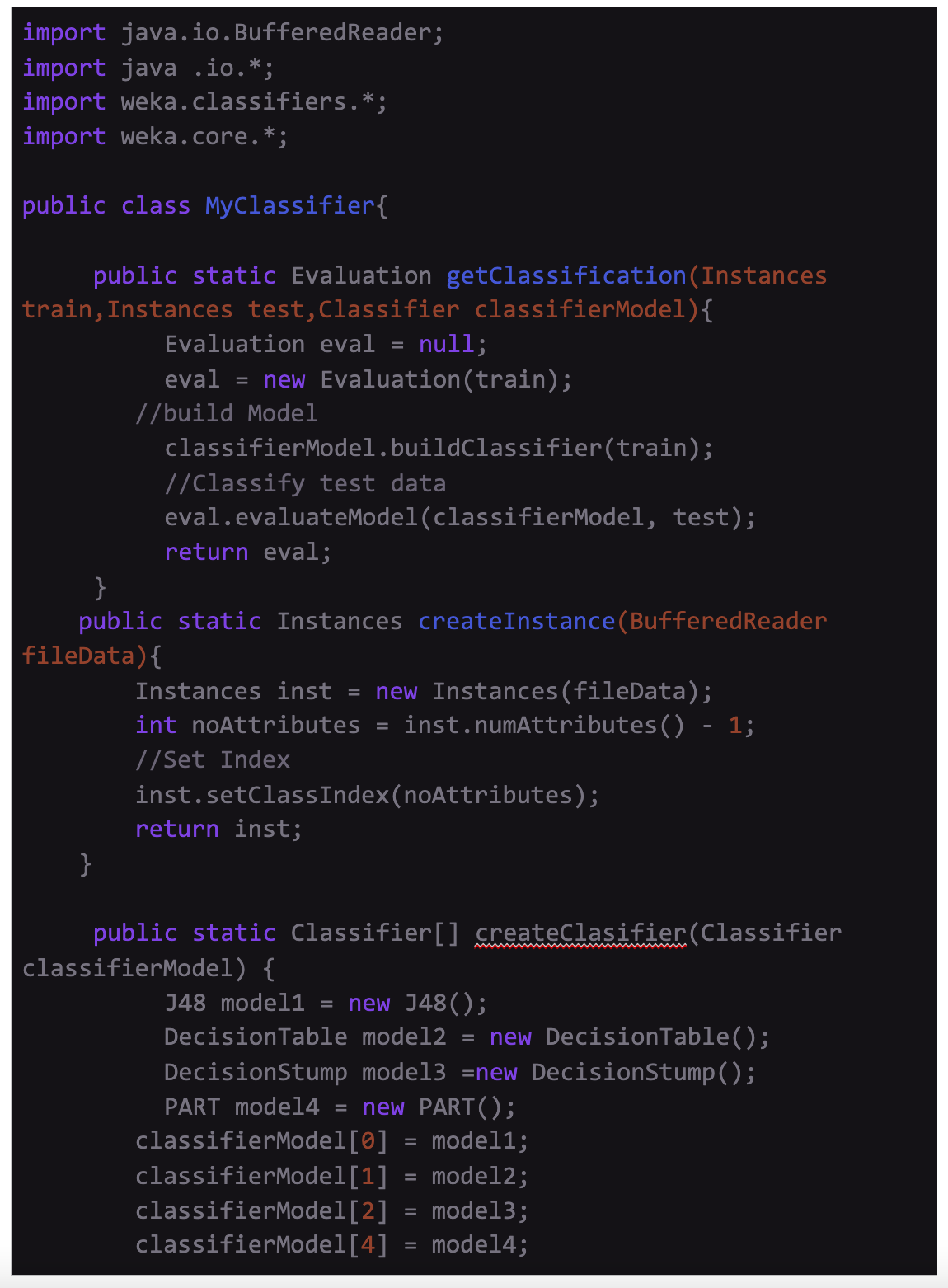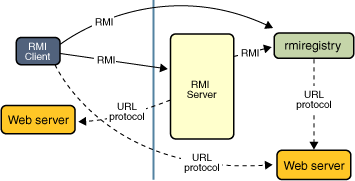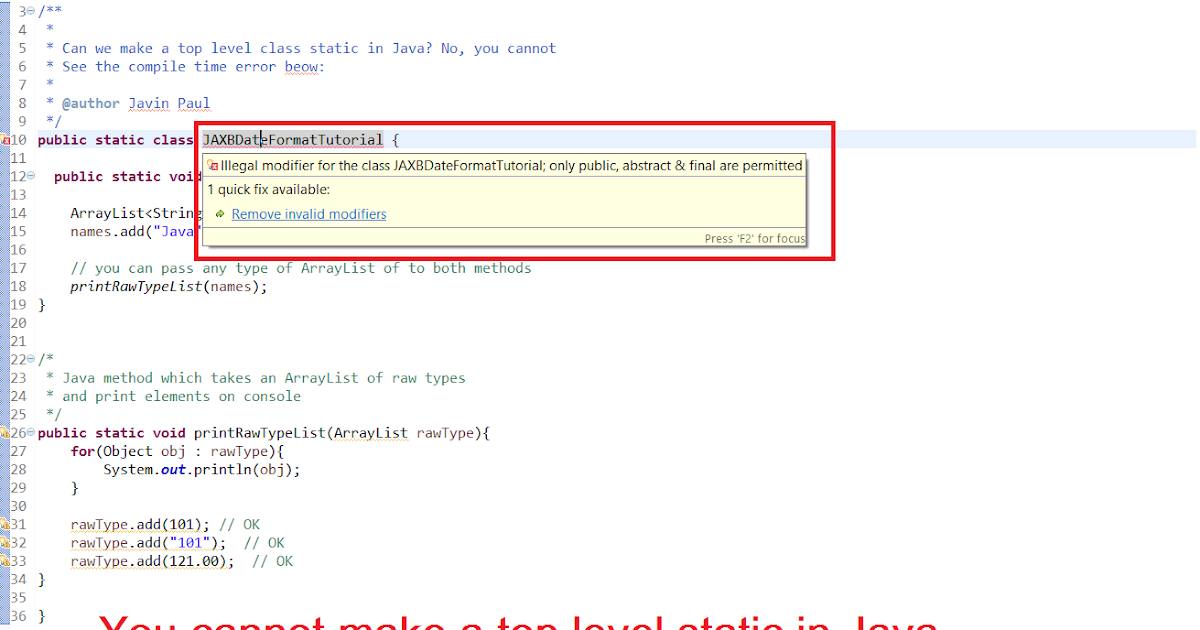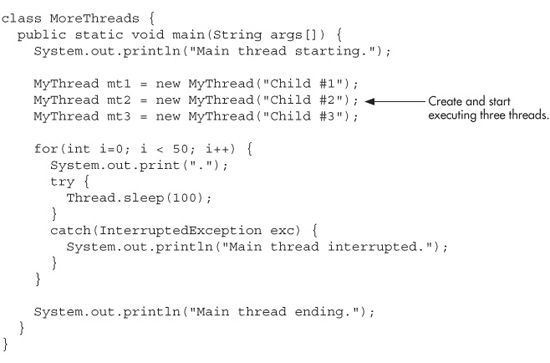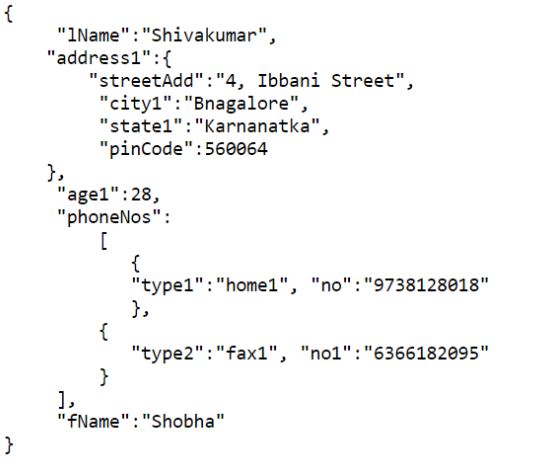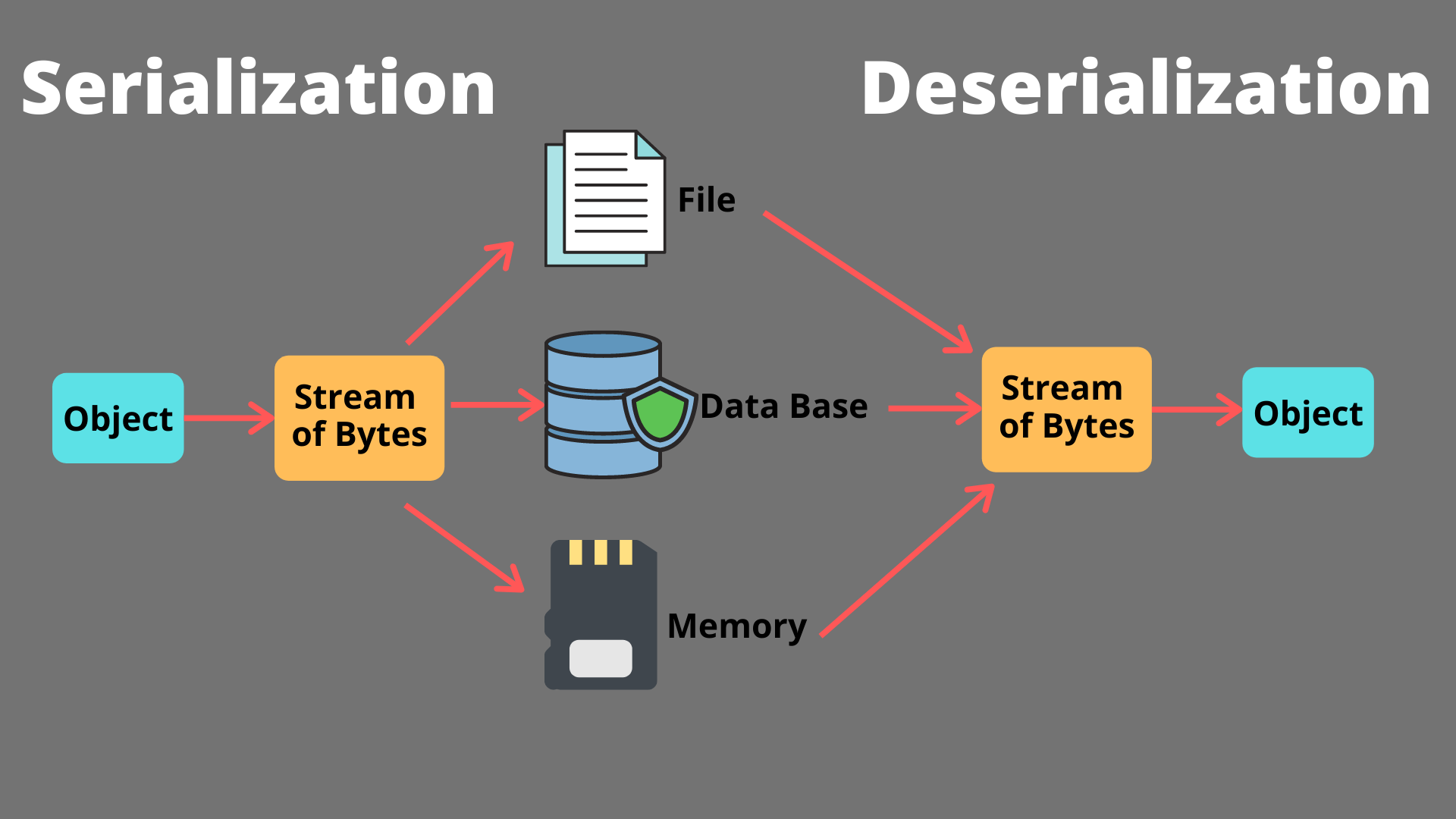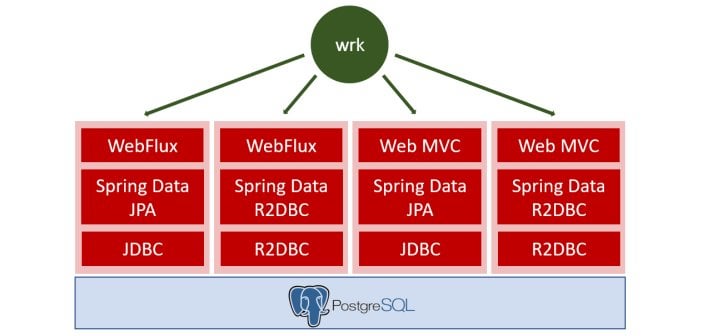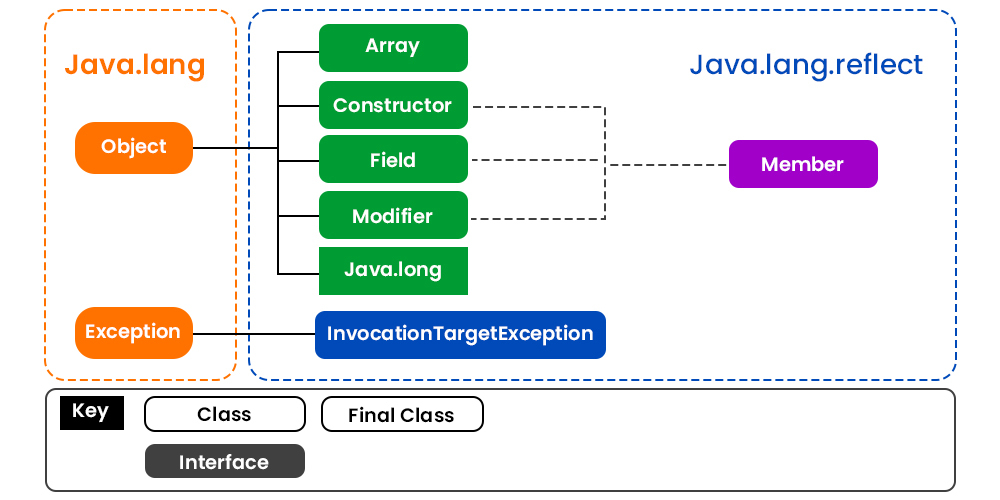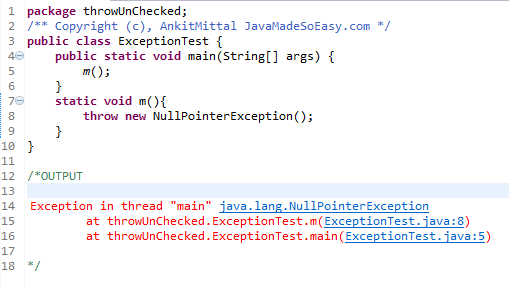Java use volatile and synchronized together
Java use volatile and synchronized together
I'd be happy to explain the concept of using volatile and synchronized together in Java.
In Java, multithreading is achieved through the creation of multiple threads that share a common memory space. To ensure thread safety, Java provides several mechanisms such as synchronized, volatile, and atomic. In this explanation, we'll focus on the combination of volatile and synchronized.
What is volatile?
The volatile keyword in Java is used to declare a variable that can change unexpectedly. When a thread modifies a volatile variable, all other threads will see the updated value immediately. This is because volatile variables are stored in main memory, not in CPU registers.
In multithreading scenarios, volatile variables are useful when you want to ensure that changes made by one thread are visible to other threads. For example, consider a shared variable counter that keeps track of the number of requests processed by a server. If multiple threads increment this counter concurrently, you might expect to see the correct count. However, without synchronization, each thread may cache its own copy of the counter value, leading to inconsistent results.
What is synchronized?
The synchronized keyword in Java is used to create a critical section or a synchronized method that ensures only one thread can execute at a time. When a thread enters a synchronized block or calls a synchronized method, it must acquire the lock associated with that block or method. If another thread already holds this lock, the current thread will be blocked until the lock is released.
Combining volatile and synchronized
When you use both volatile and synchronized together in Java, you achieve a powerful combination for ensuring thread safety.
Suppose you have a shared variable sharedVariable that needs to be accessed concurrently by multiple threads. You can declare this variable as volatile, which ensures that all threads see the updated value immediately. However, if multiple threads access and update this variable simultaneously without synchronization, you may still encounter inconsistent results or race conditions.
To prevent these issues, you can add a synchronized block around code that accesses and updates sharedVariable. This ensures that only one thread can execute this code at a time, preventing concurrent modifications from causing inconsistencies.
Here's an example of how to use volatile and synchronized together in Java:
public class SharedVariableExample {
private volatile int sharedVariable = 0; // declared as volatile
public synchronized void updateSharedVariable(int newValue) { // declared as synchronized
sharedVariable = newValue;
}
public void accessSharedVariable() {
System.out.println("Accessing shared variable: " + sharedVariable);
}
}
In this example, the sharedVariable is declared as volatile, ensuring that all threads see updates immediately. The updateSharedVariable method is declared as synchronized, preventing concurrent modifications.
Key takeaways
Volatile variables are stored in main memory and ensure that changes are visible to all threads. Synchronized blocks or methods ensure that only one thread can execute at a time, preventing race conditions. Combining volatile and synchronized ensures thread safety when accessing shared variables.
By using both volatile and synchronized together in Java, you can develop multithreaded applications with predictable behavior and ensure consistency in your program's execution.
What is the difference between atomic and volatile in Java?
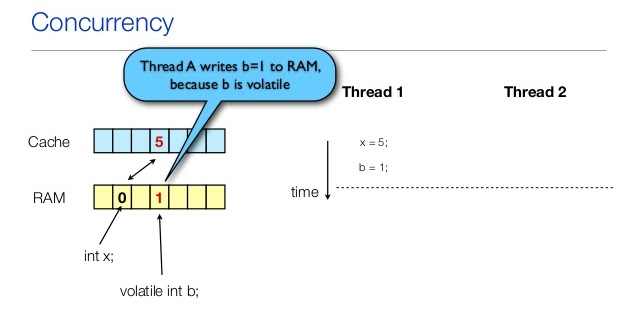
I'll respond in English as requested!
In Java, atomic and volatile are two fundamental concepts that help synchronize access to shared variables among multiple threads. While they serve similar purposes, they have distinct differences.
Atomic Variables (java.util.concurrent.atomic package)
Introduced in Java 5, atomic variables provide a way to update shared variables in a thread-safe manner. They achieve this by using low-level hardware instructions, such as compare-and-swap or load-linked/store-conditional operations, which ensure that updates are executed atomically.
Key characteristics of atomic variables:

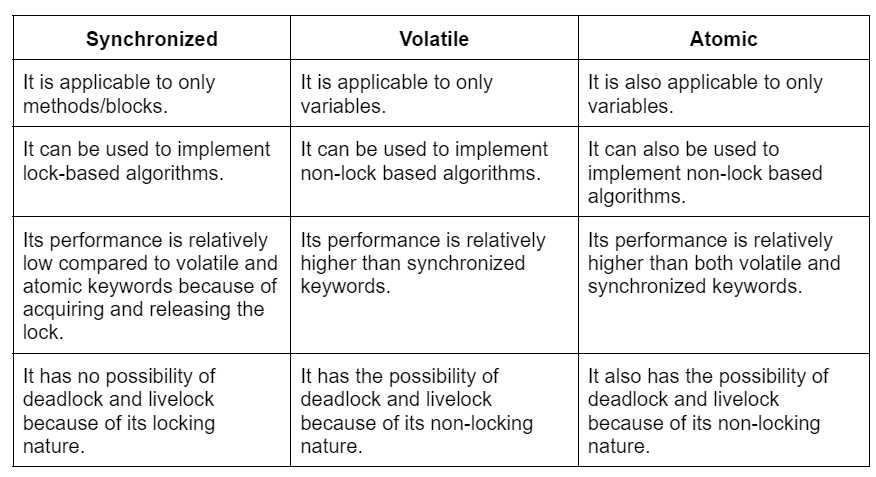
Use cases for atomic variables:
Updating counters or statistics Implementing lock-free data structures (e.g., concurrent queues, stacks) Managing shared resources (e.g., a pool of connections)Volatile Variables (java.lang package)
Introduced in Java 1.2, volatile variables are used to declare variables that can be modified by multiple threads. The volatile keyword ensures that updates to the variable are visible to all threads, even if they are using cached copies.
Key characteristics of volatile variables:
Thread-visibility: Volatile variables ensure that changes made by one thread are visible to other threads. Cache coherence: Volatile variables maintain cache coherence, ensuring that all threads see the updated value. Lock-free: Unlike atomic variables, volatile variables do not use low-level hardware instructions; instead, they rely on locks or semaphores (e.g.,synchronized blocks) to synchronize access.
Use cases for volatile variables:
Shared resources that need to be periodically updated Data structures that require periodic updates (e.g., a shared buffer) Simple synchronization mechanismsKey differences
Atomicity: Atomic variables guarantee atomic updates, while volatile variables do not. Low-level operations: Atomic variables use low-level hardware instructions, whereas volatile variables rely on locks or semaphores. Synchronization: Atomic variables do not require locks or semaphores, while volatile variables often do.In summary, when you need to update shared variables in a thread-safe manner and ensure atomicity, consider using atomic variables (java.util.concurrent.atomic). For simple synchronization mechanisms or updating shared resources periodically, volatile variables (java.lang) might be sufficient. Always choose the most suitable approach for your specific use case!
